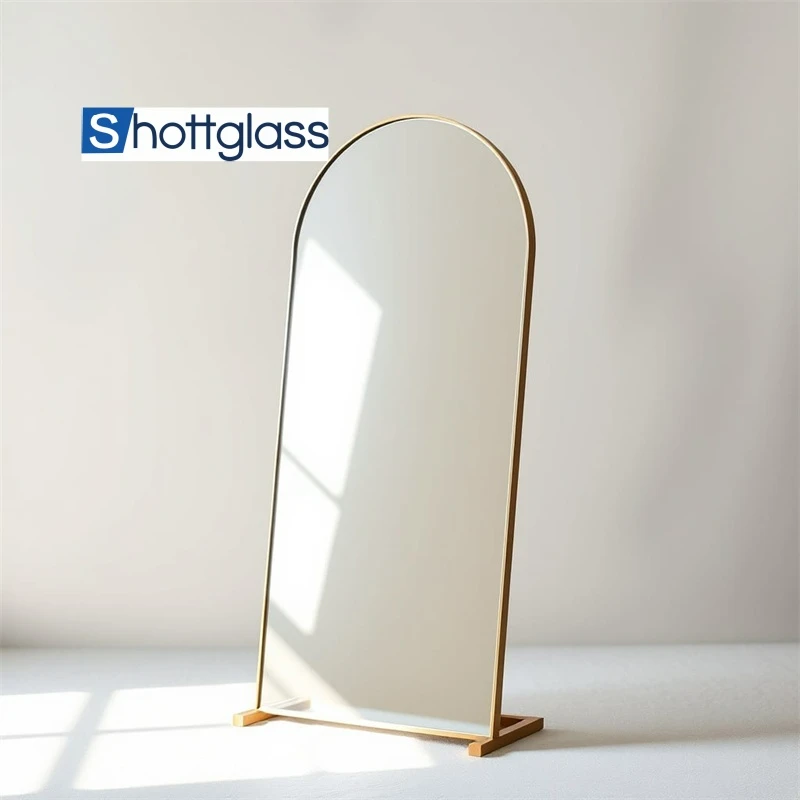Oct . 17, 2024 16:16 Back to list
Understanding Laminated Glass: Strength, Safety, and Versatility
Laminated glass is a popular choice in modern construction and design due to its strength, safety features, and versatility. Whether used for windows, doors, or safety applications, laminated glass offers distinct advantages over traditional glass types. In this article, we will explore what is laminated glass, its key uses, and the differences between laminated glass and tempered glass, while highlighting its various applications in daily life.
What is Laminated Glass?
Laminated glass is a type of safety glass that consists of two or more layers of glass held together by an interlayer, usually made of polyvinyl butyral (PVB) or ethylene-vinyl acetate (EVA). This interlayer helps keep the glass intact even when it is broken, providing enhanced safety and security. The result is a durable and reliable material that offers high impact resistance and protection from breakage.
Unlike ordinary glass, laminated glass does not shatter into sharp pieces when it breaks. Instead, it remains stuck to the interlayer, making it a safer option for areas prone to impact, such as windows in homes, commercial buildings, and even vehicles.
The Difference Between Laminated Glass and Tempered Glass
While both laminated glass and tempered glass are designed for safety, they have significant differences in how they are made and perform. Tempered laminated glass is created by heating the glass to high temperatures and then rapidly cooling it, which makes it four to five times stronger than regular glass. When tempered glass breaks, it shatters into small, blunt pieces that reduce the risk of injury.
On the other hand, laminated glass offers even more protection by holding the shattered glass in place. This makes laminated glass ideal for situations where maintaining structural integrity is critical, such as in skylights, car windshields, or large windows. Additionally, laminated glass provides superior sound insulation and UV protection, making it a more versatile choice for various applications.
Applications of Laminated Glass
The versatility of laminated glass allows it to be used in a wide range of applications. It is commonly found in automotive windshields, where its safety features prevent glass from breaking into dangerous shards during accidents. Additionally, laminated glass is widely used in buildings and homes, particularly for windows, doors, and skylights. It’s also a popular choice for high-security areas such as banks, airports, and government buildings due to its strength and durability.
One specific example is 6.38 mm laminated glass, which is commonly used in residential windows and glass doors. Its thickness offers the perfect balance of strength and clarity, making it a top choice for homeowners looking for enhanced security and sound reduction.
What is Laminated Glass Used For?
The uses of laminated glass go beyond safety. It’s also known for its excellent sound insulation properties, making it an ideal choice for homes or buildings near busy streets or airports. The interlayer in laminated glass helps to dampen noise, creating a quieter and more peaceful indoor environment.
In addition to sound insulation, laminated glass provides protection against harmful UV rays, blocking up to 99% of ultraviolet light. This makes it a great option for areas with high sun exposure, helping to reduce fading and damage to interior furnishings.
Why Laminated Glass is the Better Choice
When compared to standard glass options, laminated glass offers several distinct advantages, including increased safety, better noise insulation, UV protection, and enhanced security. Tempered laminated glass is ideal for situations that demand extra durability, while 6.38 mm laminated glass offers a balance of safety and clarity for everyday residential use.
In conclusion, whether you need glass for windows, doors, skylights, or other architectural applications, laminated glass is a smart and practical choice. Its safety features, durability, and ability to block out noise and UV rays make it a versatile and reliable material for both commercial and residential applications.
-
Types of Reflective Glass
NewsNov.17,2025
-
What Is Dichroic Glass?
NewsNov.17,2025
-
Smart LED mirrors can have touch controls
NewsNov.17,2025
-
Laminated glass improves energy efficiency
NewsNov.17,2025
-
Insulated glass enhances building comfort
NewsNov.17,2025
-
Acid etched glass offers elegant privacy
NewsNov.17,2025
Related PRODUCTS














